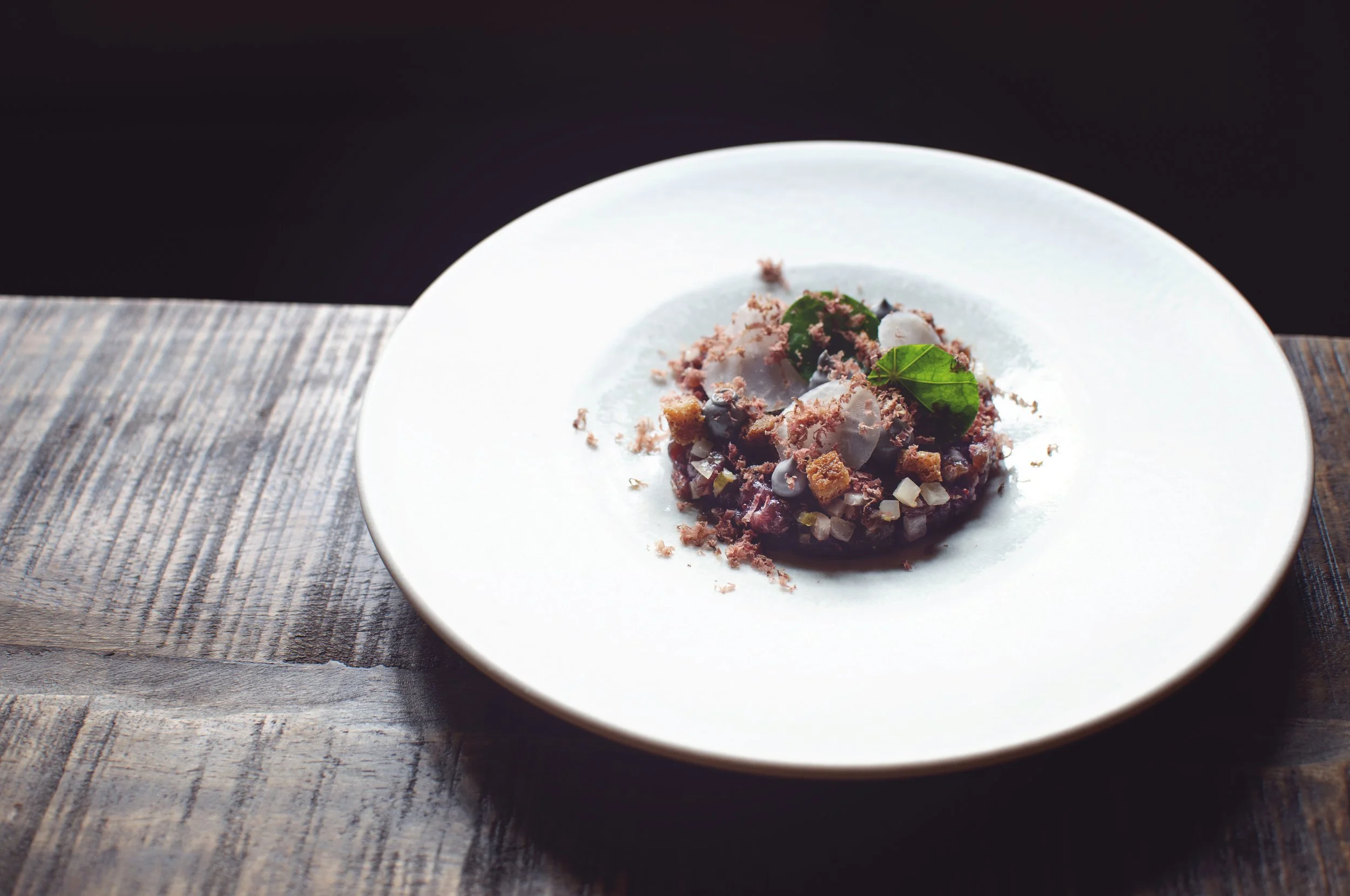Invasive Species
These are species that can cause ecological or economic damage when present in environments where they are not native. While debates on their ecological impact persist (we don’t love the term ‘invasive’ but we are not delving into any of that here!), one thing is clear: these species currently thrive in our changing climate without additional inputs and some can be turned into delicious dishes.
Vast sums of money are spent on removing these resilient species, often resulting in waste and the use of polluting chemicals. What if we could create an enterprise around these species where they are harvested by experienced foragers/ecologists and then sent to restaurants, creating jobs, supporting wildlife and saving councils substantial amounts of money?
KEY TAKEAWAYS
-
Where appropriate, turn this perceived environmental challenge into a unique culinary opportunity that sparks creativity.
-
This helps to ensure no unnecessary spread and compliance with UK laws. Check out our ‘How to find a forager’ page.
-
Some species, like Signal Crayfish, Mitten Crab, Himalayan Balsam, and Japanese Knotweed, have restrictions on harvesting and use. Explore their pages below and sign up your name - we can signal demand to DEFRA and push for change.
-
It increases the risk of them spreading to areas where they could negatively impact local wildlife that have coevolved over many years. In many cases, it is illegal to do so anyway.
SO, with the expertise of Silo’s Doug McMaster, Crayfish Bob, Deer Box, the Human Keystone and Future Flora, we present the first set of abundant species that we want to see on menus.
Himalayan
Balsam & Japanese KNotweed
Image Credit: Future Flora
Image Credit: Future Flora
Image Credit: Future Flora
GET INSPIRED
Image credit: Liz Clayman, Robb Report

















